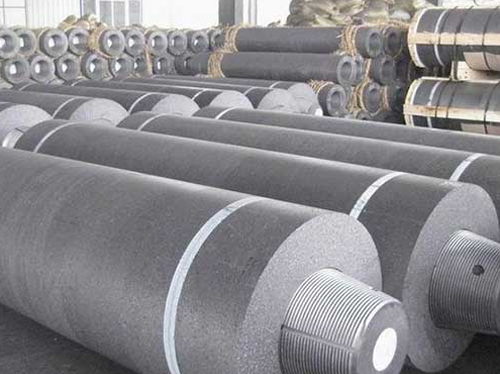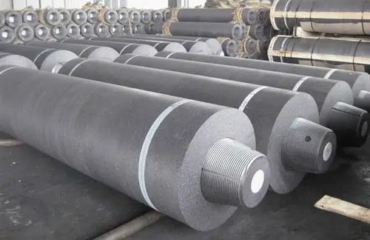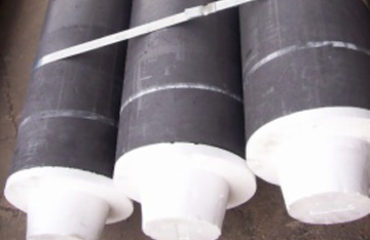
Graphite electrodes play a critical role in electric arc furnaces (EAFs), which are used for manufacturing steel. They are essential components that conduct electricity and facilitate the melting of iron and scrap metal in the furnaces. In this analysis, we will explore the importance of graphite electrodes in EAFs and how they contribute to the steel-making process.
One of the primary functions of graphite electrodes is to provide a path for electrical current to flow between the EAF power supply and the metal being melted. The electrodes are connected to an electrical power source, and when a high voltage is applied, an electric arc is created between the electrode and the metal. This arc generates intense heat, which is used to melt the metal and initiate the steel-making process.
Graphite electrodes are preferred over other materials due to their high thermal conductivity and superior electrical conductivity. Their ability to handle high temperatures without deteriorating makes them ideal for the extreme conditions inside EAFs. The high melting point of graphite (over 3,000 degrees Celsius) ensures that it remains stable during the intense heat generated by the electric arc.
Another critical role of graphite electrodes is to provide mechanical support to the melting process. The electrodes are inserted into the furnace, where they come into contact with the metal being melted. They need to withstand the mechanical stresses and strains caused by the continuous melting and refining of the metal. Graphite electrodes are designed to be strong and resistant to bending and cracking, ensuring they can withstand the harsh conditions inside the EAF.
Graphite electrodes also contribute to the efficiency of the steel-making process. They help in achieving high power transfer efficiency, which leads to faster melting and reduced energy consumption. The high electrical conductivity of graphite electrodes ensures that a large amount of electrical energy is transferred to the metal, resulting in faster and more efficient melting.
Graphite electrodes play a crucial role in controlling the chemistry and quality of the steel being produced. During the steel-making process, various ingredients and additives are added to the metal to achieve the desired composition and properties. The use of graphite electrodes allows for precise control of the temperature and chemical reactions inside the EAF, leading to the production of high-quality steel with consistent properties.
However, it is essential to note that graphite electrodes have a limited lifespan. The intense heat and physical stresses they experience during the steel-making process cause them to gradually erode and deteriorate. Regular maintenance and replacement of graphite electrodes are necessary to ensure the continuous and efficient operation of EAFs. The cost of graphite electrodes can be significant, and fluctuations in the availability and pricing of graphite raw materials can impact the overall cost of steel production.
Graphite electrodes are critical components in electric arc furnaces for manufacturing steel. They provide a path for electrical current, withstand the intense heat and mechanical stresses, contribute to the efficiency of the steel-making process, and allow for precise control of the steel’s chemistry and quality. Regular maintenance and replacement of graphite electrodes are necessary to ensure the continuous operation of EAFs and the production of high-quality steel.


